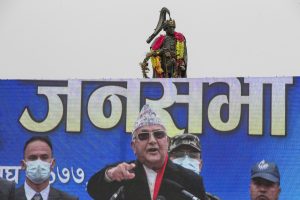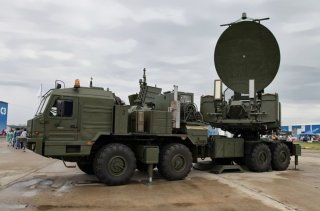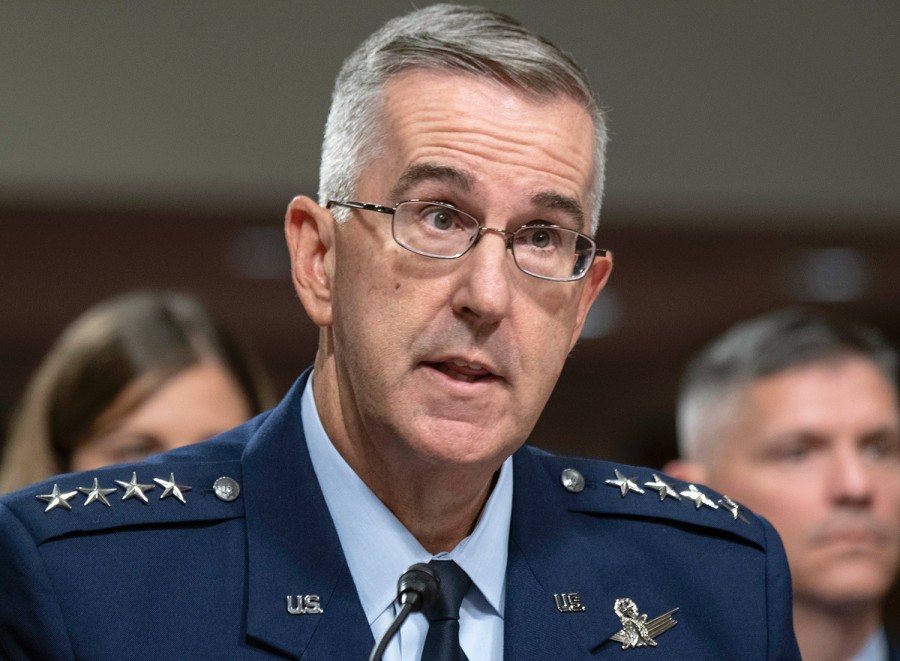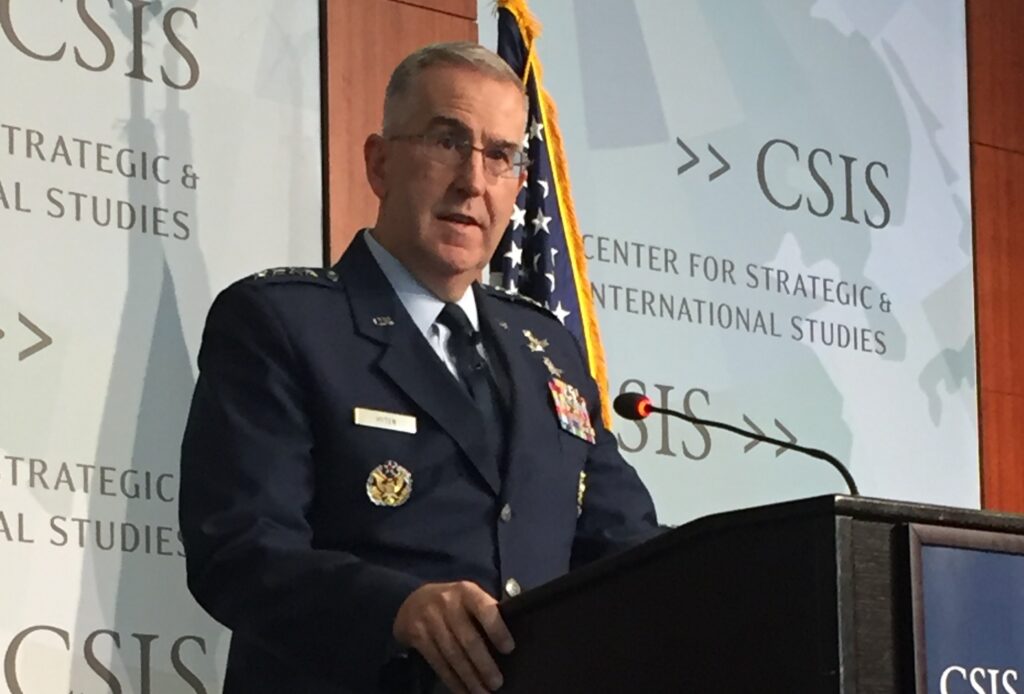Alex Gatopoulos
India’s strategic position has changed dramatically over the past decade. Traditionally fixated on its chief rival, Pakistan, India is now concerned about the striking and rapid modernisation of China’s armed forces.
With a weak air force that is under-strength, an army still bogged down with strategic ideas formed in the last century and a navy that looks good on paper but is being comprehensively outclassed by China’s navy, India is finally coming to terms with its own inadequacies.
After last year’s stand-off between the two countries in Ladakh, India has launched a crash programme designed to address these failings and to play to the several strengths its military does possess.
The Ladakh region is sandwiched between the Karakoram mountain range in the north and the Zanskar range to the south. Pakistan forms its western border and China is to its east. Despite the arid and rugged terrain, it has been part of the Silk Route for centuries and has been fought over at various times by the Persians, Tibetans and Russians, all to control the mountain passes vital for access and trade. India, China and Pakistan all have vested economic and strategic interests in this important region. Ladakh also borders Indian-administered Kashmir, with both Jammu and Kashmir and Ladakh having become formal parts of India in 2019.



















/cloudfront-us-east-1.images.arcpublishing.com/mco/UKHBF5ELIBBQJBVHXGEUYNQSII.jpg)